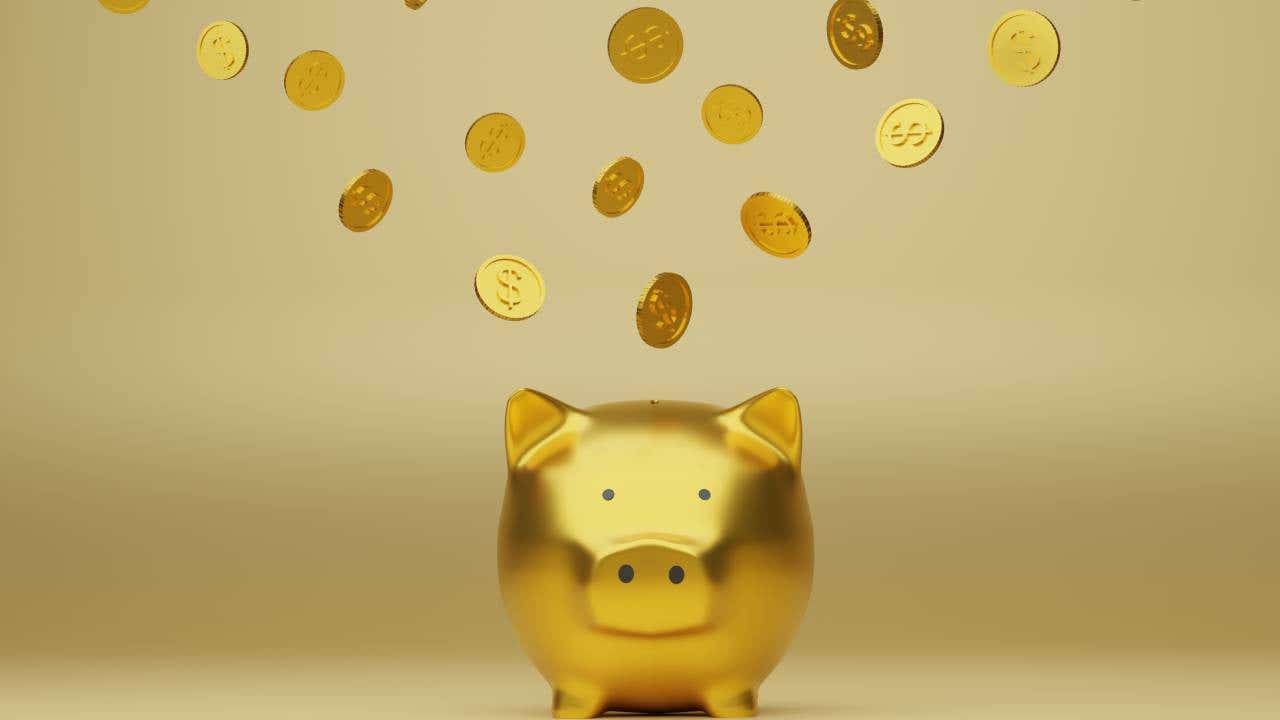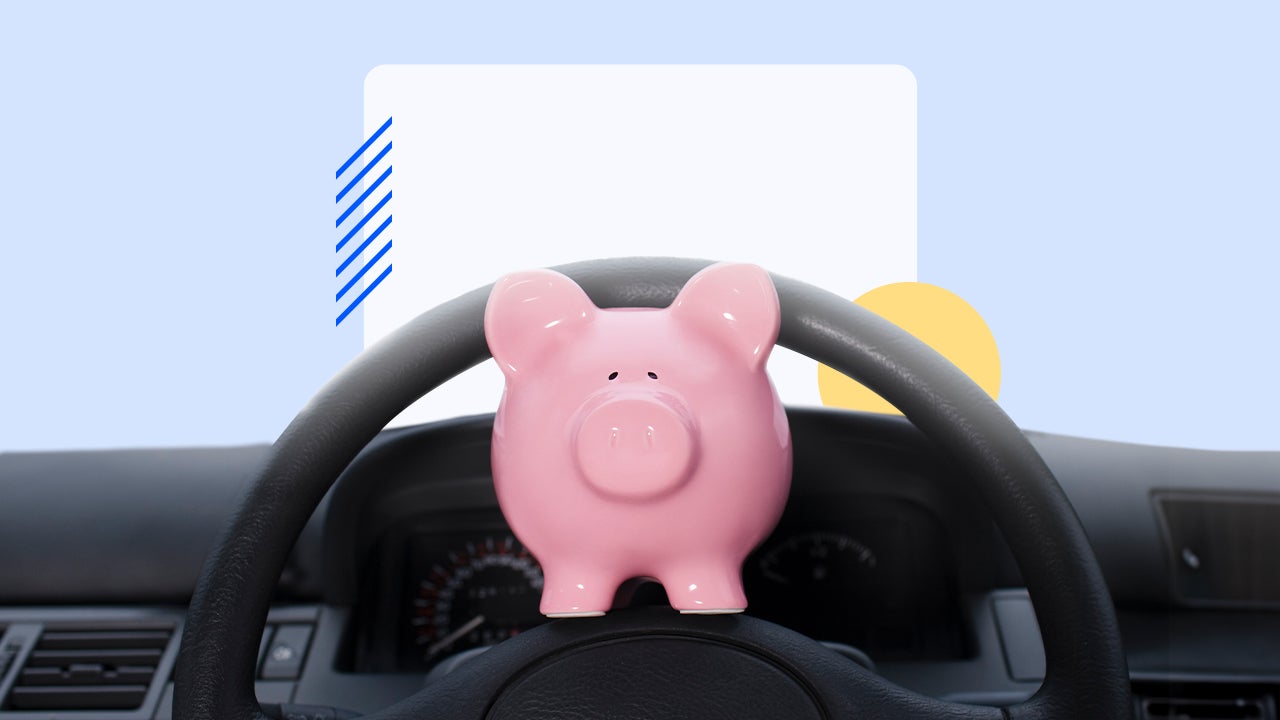I’m a personal finance writer: These are my best money-saving tips.



Our writers and editors used an in-house natural language generation platform to assist with portions of this article, allowing them to focus on adding information that is uniquely helpful. The article was reviewed, fact-checked and edited by our editorial staff prior to publication.
Key Takeaways
- Wait for items to go on sale to save money on purchases.
- Compare prices before shopping so that you get the best deal.
- Make a shopping list to prevent unnecessary purchases.
During my time as a personal finance writer, I’ve learned that managing money effectively is as much about taking small, intentional steps as it is about making big changes. Over the years, I’ve developed habits that help me keep more cash in my bank account without sacrificing my quality of life. Here are my best tips for saving money.
Wait for items to go on sale
One way I save money is by waiting for items to go on sale. Whether it’s clothing, electronics or household essentials, I rarely pay full price. With a little patience, I can often get what I need at a discount. This helps me avoid impulse buys and get more bang for my buck.
Last November, I decided to replace my favorite pink sweater. It had become worn and frayed over the years, so I looked online for a new one. I saw a sweater that I loved, but it was a bit pricey. Instead of purchasing it right away, I waited because I knew there would be holiday sales. Just as I had predicted, the price was slashed by 30 percent just one day after Thanksgiving.
Compare prices before shopping
Comparing prices across different stores is a must for me, especially when shopping online. I mostly shop for groceries this way, and the internet makes it easy to compare prices without leaving the house. I often find that one store might have a better deal on certain items, while another store offers lower prices on something else. By taking additional time to compare prices, I can make sure I’m getting the best deal.
Make a shopping list
Before I head to the store—whether physically or virtually—I always make a shopping list. A list keeps me focused and prevents me from buying items I don’t really need. It’s easy to get sidetracked by deals or wants, but a list helps me stick to what’s necessary. This simple habit has saved me from unnecessary purchases over the years.
For example, if I like an item of clothing, I’m sometimes tempted to get it in every color. However, when I stick to my list, I only get the item I intend to buy and remind myself that it’s not necessary to purchase additional items just because I like them. I often ask myself, “Is this a need or a want?” That question helps me pause and focus on my list.
Unsubscribe from email lists
Retailers are masters at convincing you to buy things you don’t need, especially through enticing emails. That’s why I’ve made it a point to unsubscribe from store email lists that tempt me to shop. This keeps my inbox clutter-free and reduces the urge to splurge on items that aren’t part of my budget.
Avoid tempting websites
I also avoid visiting websites that might tempt me to shop. It’s easy to browse through an online store “just to look” and end up with a cart full of items I didn’t intend to buy. By staying away from these websites, I reduce the temptation to make impulse purchases.
Review subscriptions regularly
Subscriptions can be sneaky money drains if you’re not careful. I make it a habit to regularly review all my subscriptions to make sure I’m only paying for services I actively use. Whether it’s a streaming service, a magazine, or a gym membership, I evaluate whether the subscription is still providing value to me. If not, I cancel it and redirect that money toward emergency savings.
Bottom line
Saving money doesn’t have to be complicated or involve drastic lifestyle changes. By adopting small, consistent habits, I’m able to keep my finances in check without feeling deprived. These strategies help me stay on track with my financial goals.




